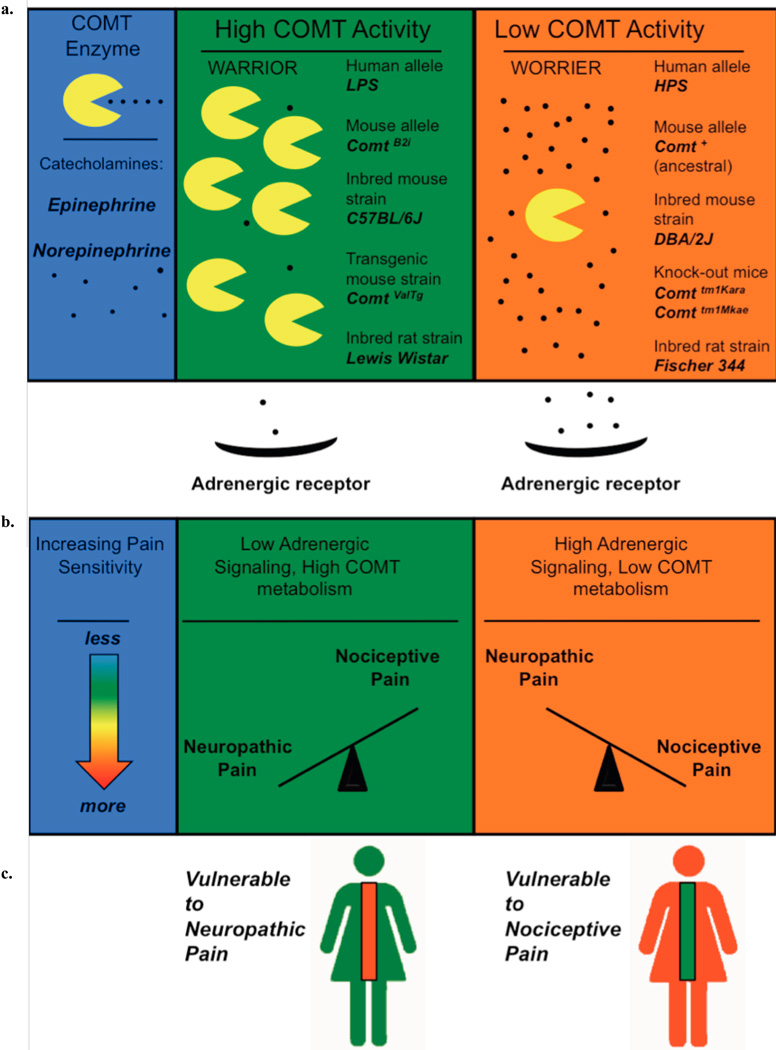Fig. 1. Model of relationship between COMT activity alleles and pain sensitivity in different pain modalities.
a: COMT enzyme is depicted as “pacman” and Epi and NE as small black dots. High COMT activity in human or mouse alleles or in rat strains is assumed to result in less adrenergic signaling. b: Axis between neuropathic pain and nociceptive types of pain is tilted by catecholamine signaling. c: Two models of catecholamine metabolism, with the spinal cord colored to denote increasing or decreasing pain sensitivity. High COMT activity is hypothesized to be a risk factor for neuropathic pain and low COMT activity is hypothesized to be a risk factor for nociceptive pain.

